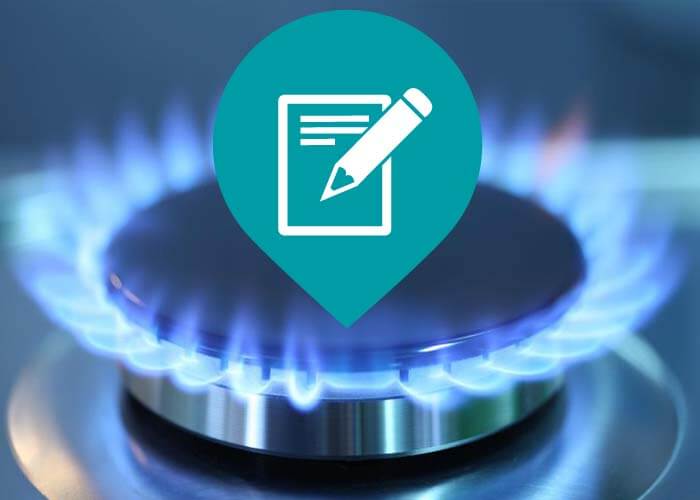
How Does the Gas Distribution System Work?
Just how Does the Gas Delivery System Job?
Gas flowing from higher to decrease pressure is the essential concept of the gas delivery system. The amount of stress in a pipe is measured in extra pounds per square inch.
From the well, the gas enters into "celebration" lines, which resemble branches on a tree, getting larger as they obtain closer to the central collection factor.
Event Systems
An event system may require several field compressors to relocate the gas to the pipeline or the handling plant. A compressor is a machine driven by an internal burning engine or wind turbine that develops stress to "press" the gas with the lines. A lot of compressors in the gas delivery system utilize a percentage of natural gas from their very own lines as gas.
Some natural gas event systems include a processing center, which performs such features as removing contaminations like water, co2 or sulfur that might wear away a pipe, or inert gases, such as helium, that would decrease the energy worth of the gas. Handling plants additionally can remove small quantities of gas and butane. These gases are made use of for chemical feedstocks and also other applications.
The Transmission System
From the event system, the natural gas moves into the transmission system, which is generally made up of regarding 272,000 miles of high-strength steel piper.
These huge transmission lines for natural gas can be compared to the country's interstate freeway system for cars. They relocate big quantities of gas countless miles from the generating areas to regional circulation business (LDCs). The stress of gas in each area of line typically ranges from 200 extra pounds to 1,500 extra pounds per square inch, relying on the kind of area in which the pipe is running. As a precaution, pipes are made as well as constructed to manage far more pressure than is ever actually reached in the system. As an example, pipelines in even more booming areas run at less than half of their design pressure degree.
Lots of major interstate pipelines are "knotted"-- there are 2 or more lines running alongside each other in the same right of way. This provides optimum capability throughout durations of peak demand.
Compressor Stations
Compressor stations are located around every 50 to 60 miles along each pipeline to enhance the stress that is shed through the friction of the gas moving through the check here steel pipe. Several compressor stations are completely automated, so the equipment can be started or quit from a pipe's central control area. The control area can likewise remotely operate shut-off valves along the transmission system. The drivers of the system maintain in-depth operating information on each compressor terminal, as well as continually adjust the mix of engines that are going to take full advantage of effectiveness as well as security.
Natural gas moves via the transmission system at approximately 30 miles per hour, so it takes several days for gas from Texas to get to an utility invoice point in the Northeast. Along the road, there are several affiliations with various other pipes and other utility systems, which supplies system operators a large amount of flexibility in moving gas.
Linepack
A 50-mile area of 42-inch transmission line operating at about 1,000 extra pounds of stress contains around 200 million cubic feet of gas-- enough to power a kitchen range for greater than 2,000 years. The amount of gas in the pipe is called the "linepack.".
By raising and lowering the pressure on any pipeline section, a pipeline firm can utilize the sector to store gas throughout durations when there is much less demand at the end of the pipe. Using linepack this way allows pipe operators to handle hourly variations popular very successfully.
Gas pipelines and also utilities make use of really advanced computer system models of client need for gas, which relate everyday and also hourly intake patterns with seasonal and ecological variables. That's why consumers can depend on the reliability of gas-- when it's needed, it exists.
Gateway Terminals.
When the natural gas in a transmission pipeline reaches a neighborhood gas utility, it typically passes through a "gate station." Utilities regularly have entrance stations receiving gas at several locations and also from a number of different pipes. Gate terminals offer three functions. First, they minimize the pressure in the line from transmission degrees (200 to 1,500 pounds) to circulation levels, which range from 1/4 pound to 200 pounds. Then an odorant, the distinctive sour aroma related to natural gas, is added, so that consumers can scent even small quantities of gas. Lastly, the gate station measures the circulation rate of the gas to identify the quantity being received by the energy.